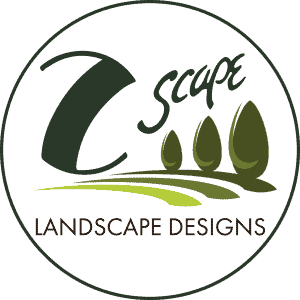Design Worksheet
In great gardens around the world, you always see these elements, either naturally or man-made. In fact, in nature, these elements are abundant and that’s why you visit them to see that mighty waterfall, a reflective lake or a rock formation. It’s easier and more affordable than you think to put these special features in and you will be drawn to it as a prominent feature in your garden.
These spots are sometimes obvious, as in, under a tree – and then sometimes obscure, especially when you’re redesigning your landscape. That’s when you can get a design that incorporates that special place. The least favorite places are usually and instinctively near a lot of activity/noise, such as the busy street/playground. Ask yourself, “where is the best place for me to think and meditate?”
This is irrespective of the amount of land you have. Carefully planned, one can get either one depending on the 4 basic elements of a landscape design: color, texture, shape and scale.
As to plant types, an example would be Succulents – rigid, structural, even eerie looking. Tropical – colorful and green, often flat, wide surfaces. Formal – repetitive shapes, lines that are predictable, safe. What do you lean toward? Why specific as possible? Because you’ll get nearer your goal of a beautiful landscape faster, saving everybody time and stress. Granted, your favorite plants may not grow well where you live or harder to come by. Then find a close alternative. So, spend the time to collect photos or names of your favorite plants or types.
